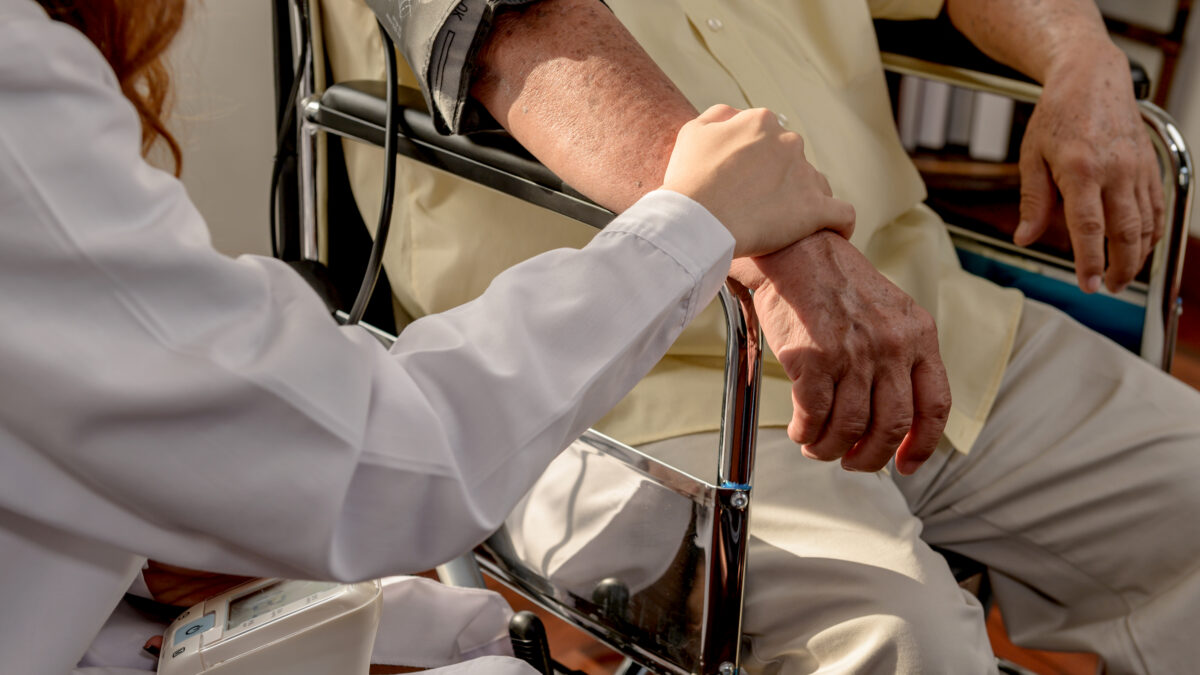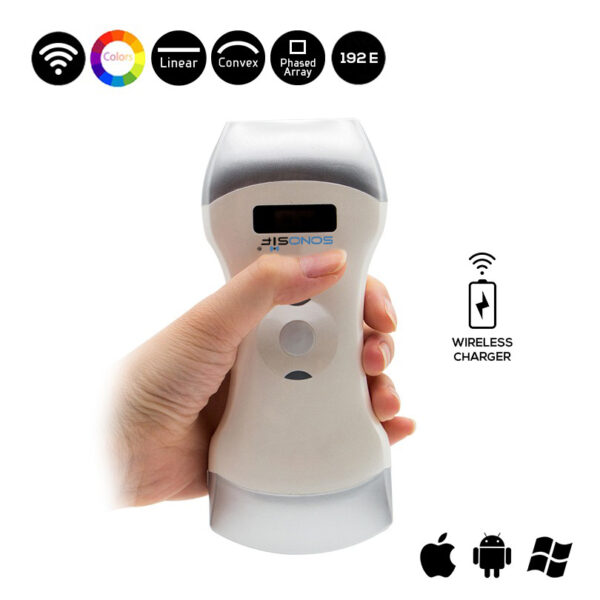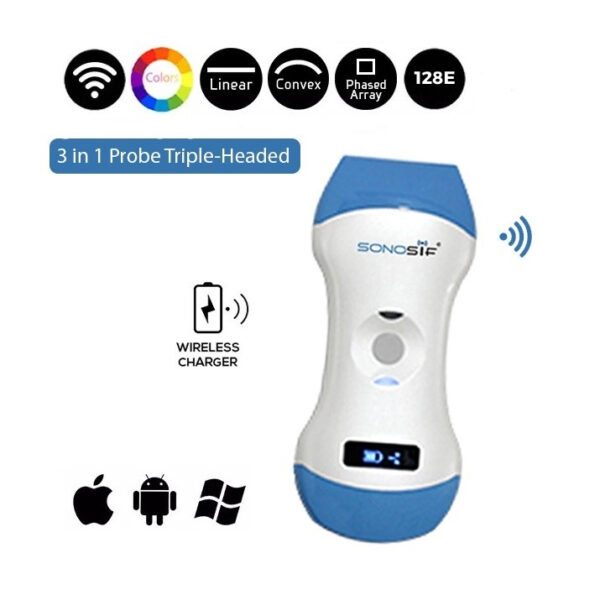- Immediate contact :
- +1-323-988-5889
- info@sonosif.com

Ultrasound Scanner for Polycystic Ovarian Syndrome Assessment
January 12, 2021
Ultrasound for vascular access in newborn pigs with Color Doppler
February 5, 2021Patients with life-limiting conditions both provide supportive treatment in the hospice and palliative care. Hospice care is used when medication is not necessary to cure or manage the disease. While Palliative care aims to reduce the burden of symptoms and improve the quality of life for terminally ill patients.
Indeed, Ultrasound has become an increasingly popular diagnostic and therapeutic modality due to its low cost, ease of transport, safety, and good patient acceptance. It has many roles in palliative care and hospice, Ultrasound has the potential to have a significant effect.
Which Ultrasound Scanner is the best to be used in Hospice and Palliative Care?
Usage of ultrasound images can be useful tools for therapy responsiveness in palliative care patients. In fact, a 3 in 1 ultrasound scanner that fits a wide range of medical practitioners and specialties is the most appropriate for use in this sector.
For this reason, SONOSIF ‘s medical research and development team always suggest either of the following models: 3in1-CLC2CD, 3in1-CLC1CD, 3in1-CLC3CD in which they are strongly proposed in internal and external medicine as a treatment point for ultra-sound.
The 3.5 to 5 MHz convex probe is mainly used for OB/GYN, kidneys, urinary fluids, liver, and more. In fact, hepatic artery and vein and high blood flow are among the most common metastases due to dual blood supply. Usually, hepatic metastasis detection means healing treatments are no longer helpful.
This makes it possible to provide valuable futures to patients and their families with probes that are 90 to 305 mm in depth, provide high sensitivity in detecting these hepatic lesions.
Besides, a 7.5 to 10 MHz transducer helps to evaluate soft tissues, grips, nerves, and muscles through its smaller footprint.
Also, a highly efficient Ultrasound Scanner is the linear ultrasound scanner. It can be used to assess; muscularskeleton (MSK), vascular skeleton, etc. It may also support many areas of medicine, such as orthopedics, pediatrics, emergency sports medicine, and critical care.
The Cardiac probe does not only shows its usefulness to cardiologists, but also to emergency physicians, etc. Its lower frequency (3.5-5 MHz) helps the doctor to reliably and precisely diagnose PW measurements not only blood flow rate, but general echocardiograms.
In addition, FDA 3in1-CLC1CD is also used in any medical facility. It needs no particular training thanks to its simple to operate design. It is easily portable, lightweight, and easy to use.
However, our medical and development team still recommends a 192-meter 3in1-CLC3CD which is used in many fields such as gynecology, cardiology, urology, anesthetics, and vascular surgery for better image quality…
More interestingly, it allows the visualization of structures in real-time. It has also been commonly used to diagnose breast, prostate, uterine, kidney, liver, and pancreatic tumors. Owing to its light-weight, it allows health care providers to visit critically ill patients wherever they are, making it possible to diagnose them less painfully.
In particular, in a variety of specialties Ultrasound Scanner has been used regularly in the medical sector. However, there was little mention of the use of ultrasound in hospice and palliative care. Ultrasound is an outstanding example of palliative care, in which patients are terminally ill and thus less mobile and wish for a minimum invasive diagnosis and treatment quality of life is improved.
References: The use of Ultrasound In Palliative Care and Hospice,
Disclaimer: Although the information we provide is used by different doctors and medical staff to perform their procedures and clinical applications, the information contained in this article is for consideration only. SONOSIF is not responsible neither for the misuse of the device nor for the wrong or random generalizability of the device in all clinical applications or procedures mentioned in our articles. Users must have the proper training and skills to perform the procedure with each ultrasound scanner device.
The products mentioned in this article are only for sale to medical staff (doctors, nurses, certified practitioners, etc.) or to private users assisted by or under the supervision of a medical professional.







